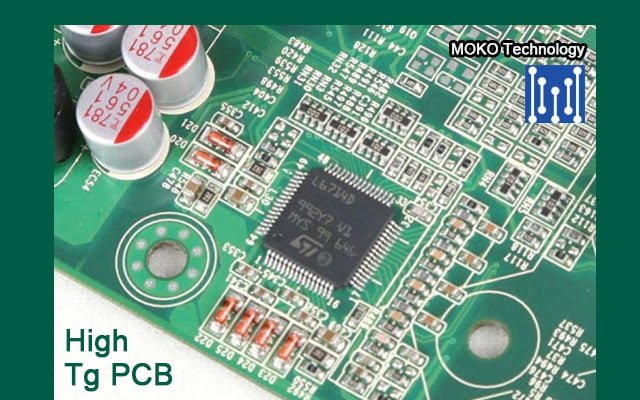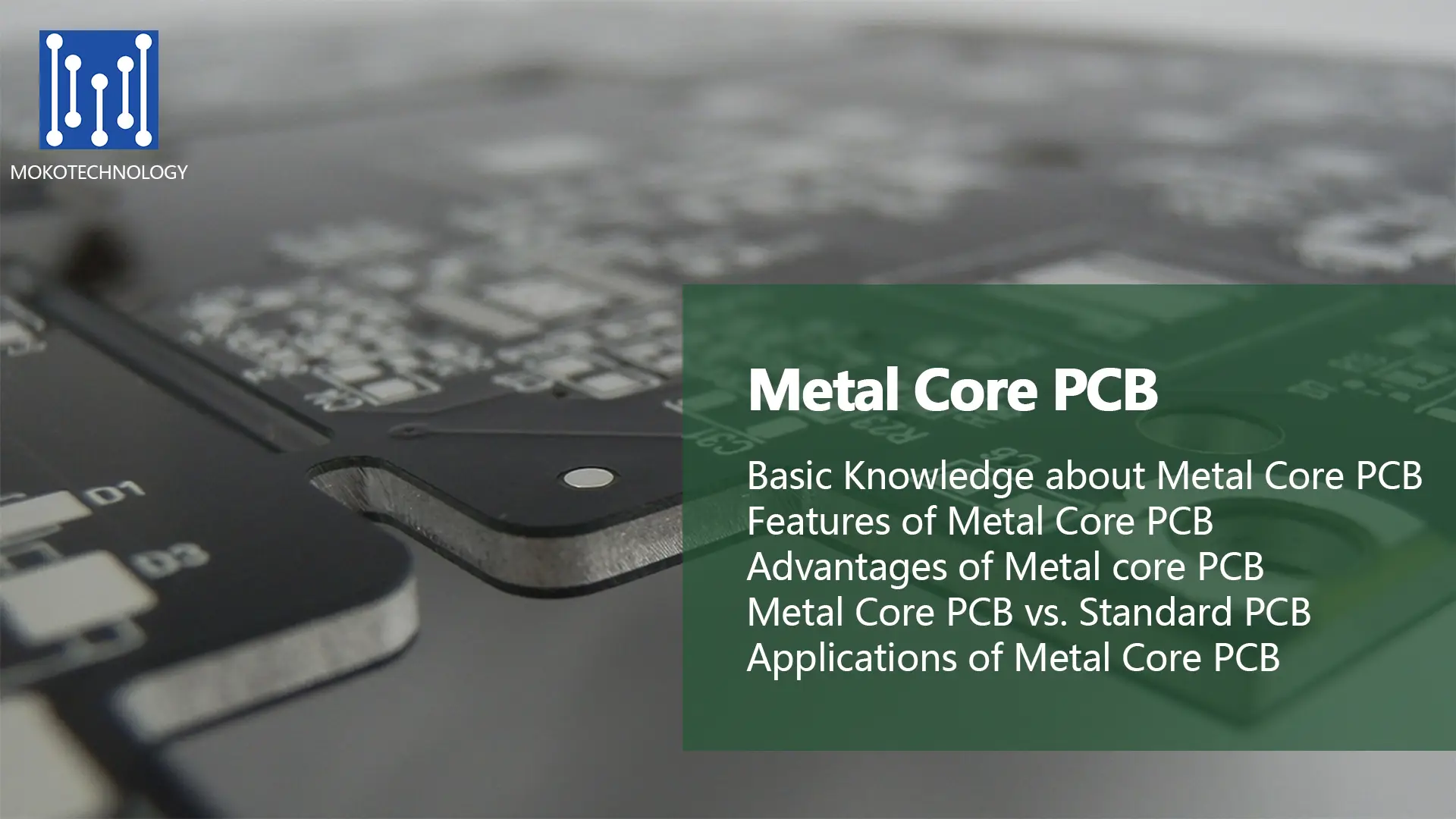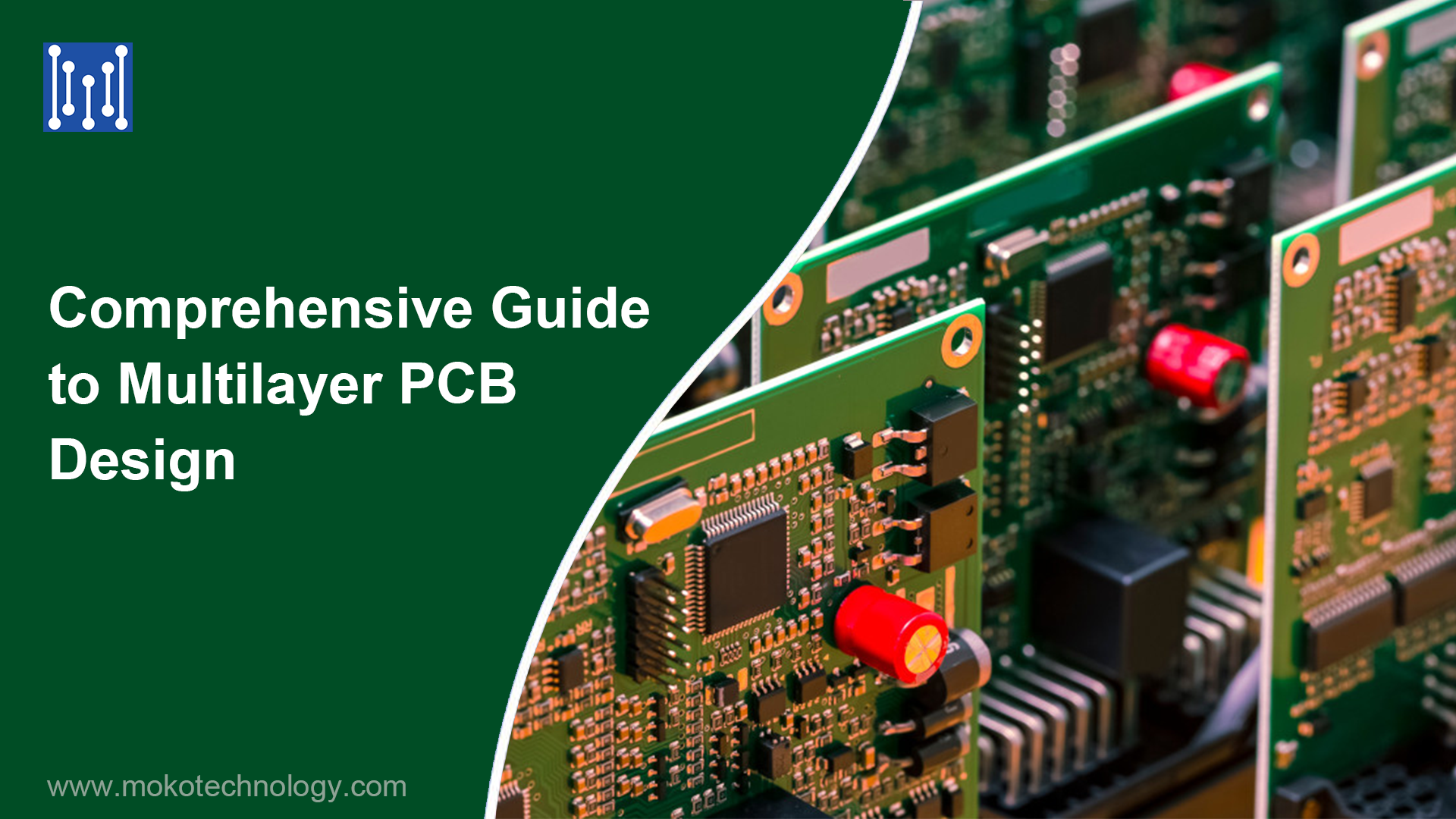The first people to call are the manufacturers of the LEDs. Ask then what it takes to keep the LEDs from overheating. They probably have a reference design.
There is a lot of at and a lot of science to keeping these LEDs cool enough.
Most of your input power goes into heat. So, (just guessing) 4 watts out of the 5 goes into heating the rather small LED die.
1. The most important thing to keeping them cool is keeping air out of the thermal path.
2. The next most important thing is to minimize the amount of thermal grease between surfaces. Thermal grease is a terrible thermal conductor, but it is a whole lot better than air. You should strive for no more than 0.001 inches. To minimize the amount of thermal grease, use the minimal amount and clamp the pieces together with a lot of force.
3. Finally, you want to maximize the surface contact area. Very flat surfaces are helpful.
Easy things to try:
- Use thermal epoxy to glue the LEDs to the PCB and the PCB to the water cooler.
- Set up a fan to blow across the LEDs.
- Solid copper on the bottom of the PCB to mate to the water cooler.
More difficult things to try:
- Ceramic PCB
- Thermo-electric cooler between the water cooler and the PCB.
- A compression plate. A 0.25 inch plate of aluminum with holes for each LED. The holes are big enough for the lens of the LED but not the body. The plate is used to mash the LEDs onto the PCB.
- Optimal amounts of thermal compound between LEDs and PCB and PCB and cooler.You can get very cheap thermistors that you can glue to the cooler, the PCB and some of the LED bodies to monitor temperature so you can see if your improvements are actually improvements.
Read More: LED PCB Assembly
#PCB Design #PCB Materials



